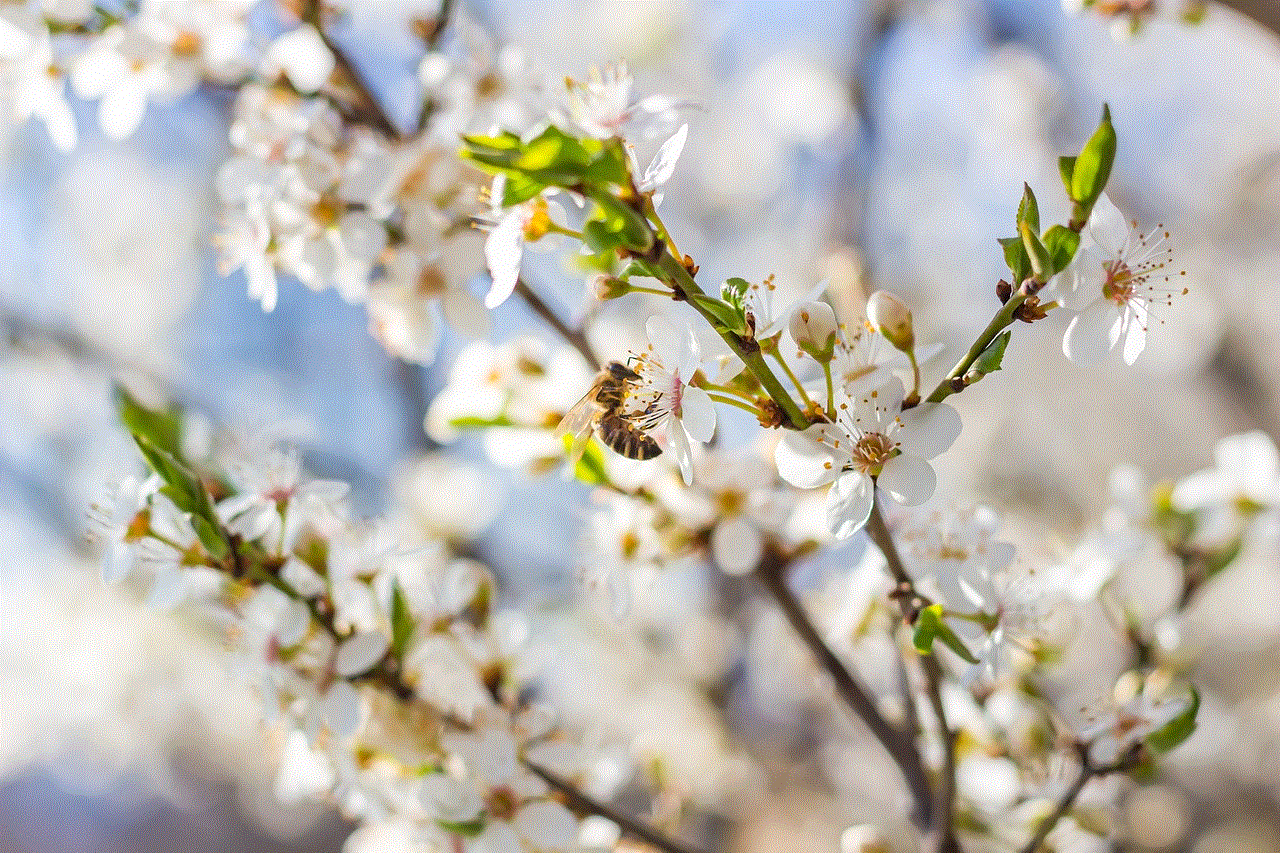private photobucket album
Photobucket is a popular online photo and video hosting service that has been around since 2003. It allows users to store, organize, and share their digital media with others. One of the features that make Photobucket stand out is its ability to create private albums. In this article, we will explore the concept of a private Photobucket album and why it is useful for users.
What is a Private Photobucket Album?
A private Photobucket album is a collection of photos and videos that are only accessible to the owner and those they choose to share it with. Unlike public albums, which can be seen by anyone on the internet, private albums are hidden from public view. This means that only people with the specific link or those who have been invited by the owner can view the content.
How to Create a Private Photobucket Album
Creating a private Photobucket album is a simple process. First, you will need to have a Photobucket account. If you don’t have one, you can easily create one for free. Once you have an account, log in to your Photobucket dashboard. From there, click on the “Create Album” button. You will be prompted to give your album a name and description. You can also choose a cover photo for your album.
Next, you will see a section that says “Privacy.” Here, you can select the option to make your album private. You can also choose to password-protect your album for an extra layer of security. Once you have made all the necessary selections, click on the “Create Album” button, and your private Photobucket album will be ready to use.
Why Use a Private Photobucket Album?
Now that we know what a private Photobucket album is and how to create one let’s delve into why it is beneficial for users. Here are some reasons why you might want to use a private Photobucket album:
1. Control Who Sees Your Photos and Videos
With a private Photobucket album, you have complete control over who can view your photos and videos. This is especially useful if you have sensitive or personal images that you only want to share with a select few. By making your album private, you can ensure that your content is only seen by the people you choose.
2. Keep Your Memories Safe
We all have those precious moments captured in photos and videos that we want to keep safe. By using a private Photobucket album, you can ensure that your memories are protected from any potential hackers or unauthorized access. This gives you peace of mind knowing that your photos and videos are secure.
3. Share Photos and Videos With Family and Friends
Private Photobucket albums are also a great way to share photos and videos with your loved ones. You can create an album for a special occasion, such as a family vacation or a friend’s birthday, and only invite those who were a part of it to view the content. This creates a more intimate and personal experience for both the owner and the viewers.
4. Organize Your Photos and Videos
With the amount of digital media we accumulate, it can be challenging to keep everything organized. Private Photobucket albums allow you to categorize your photos and videos into different albums, making it easier to find and access them when needed. You can also add descriptions and tags to your content, making it even easier to organize and search for specific images.
5. Save Storage Space on Your Device
Private Photobucket albums also serve as a great backup for your photos and videos. By storing them on an online platform, you can free up storage space on your device. This is especially useful for those who have limited storage on their phones or cameras.
6. Collaborate on Projects
Private Photobucket albums can also be used for collaboration. If you are working on a project with others, you can create a private album and share it with your team members. This allows everyone to access and contribute to the album, making it easier to work together on a project.
7. Protect Your Privacy
In today’s digital age, privacy is a growing concern. By using a private Photobucket album, you can protect your privacy by controlling who sees your photos and videos. This is especially important for those who are active on social media platforms and want to have more control over their online presence.
8. Share Large Files
Photobucket has a limit of 2GB per file, which is larger than most email providers’ attachment limits. This means that you can use private Photobucket albums to share large files with others. Whether it’s a high-quality video or a large batch of photos, you can easily upload and share them through your private album.
9. Keep Your Photos and Videos Organized Across Devices
By using a private Photobucket album, you can access your photos and videos from any device as long as you have an internet connection. This is especially useful for those who use multiple devices and want to have their media organized and accessible from anywhere.
10. Ad-Free Experience
Another benefit of using private Photobucket albums is that they are ad-free. This means that you can view your photos and videos without any interruptions or distractions. This creates a more enjoyable viewing experience for both the owner and the viewers.
Conclusion
In conclusion, private Photobucket albums are a great way to keep your photos and videos safe, organized, and accessible. They offer a range of benefits that make them a valuable tool for both personal and professional use. So the next time you want to share your memories or collaborate with others, consider creating a private Photobucket album for a hassle-free and secure experience.
deleted youtube video gets age resirced
Title: The Importance of Age Restrictions for Deleted YouTube Videos
Introduction:
In the vast world of online content, YouTube has become a prominent platform for sharing videos, entertaining millions of users worldwide. However, sometimes videos are deleted for various reasons, such as violation of community guidelines or copyright infringement. While the removal of these videos may be necessary, it is equally important to consider the impact of their potential availability to underage viewers. Thus, implementing age restrictions for deleted YouTube videos is crucial to ensure the well-being and appropriate content consumption of younger audiences.
1. Understanding YouTube’s Content Guidelines:
YouTube has a set of community guidelines that all content creators must adhere to. These guidelines aim to maintain a safe and respectful environment for users. However, despite these rules, some videos may still slip through the cracks or be deemed inappropriate after further review. Consequently, age restrictions serve as a means to mitigate the potential exposure of deleted videos to minors.
2. The Need for Age Restrictions:
Age restrictions are essential to protect young viewers from explicit, violent, or otherwise unsuitable content. These restrictions act as a safeguard against exposure to inappropriate material that may harm their psychological development or influence their behavior negatively. By implementing age restrictions, YouTube can demonstrate its commitment to user safety and responsible content distribution.



3. The Impact of Inappropriate Content on Young Minds:
Studies have shown that exposure to explicit or violent content during childhood can have adverse effects on a child’s mental health and emotional well-being. Such exposure can contribute to increased aggression, desensitization to violence, and even the development of anxiety or depression. By restricting access to deleted videos that violate community guidelines, YouTube can reduce the potential harm caused to younger viewers.
4. Parental Control and Responsibility:
While age restrictions are crucial, parental control and guidance play a significant role in ensuring children’s online safety. Parents must actively monitor and regulate their children’s online activities, including the content they consume on platforms like YouTube. However, age restrictions provide an additional layer of protection, acting as a safety net in case parents are unable to monitor their children’s online activities continuously.
5. The Challenges of Implementing Age Restrictions:
Implementing age restrictions for deleted YouTube videos is not without its challenges. YouTube’s vast library of content makes it challenging to classify and categorize videos accurately. The platform must develop robust algorithms and employ human moderators to identify and label videos that require age restrictions. Additionally, striking a balance between free speech and protecting younger audiences is crucial to avoid censorship concerns.
6. The Role of Artificial Intelligence:
Artificial intelligence (AI) can play a significant role in assisting YouTube’s efforts to implement age restrictions effectively. By training AI algorithms to analyze video content, YouTube can automate the identification and classification process, reducing the burden on human moderators. AI can help flag potentially inappropriate videos for further review and apply age restrictions accordingly.
7. The Importance of User Reporting:
User reporting is vital in identifying videos that violate community guidelines. YouTube must encourage its users to report inappropriate content promptly. By taking users’ reports seriously and investigating flagged videos promptly, YouTube can maintain a safer environment for all users, especially younger audiences.
8. Transparency and Communication:
To ensure transparency, YouTube should provide clear guidelines and explanations regarding age restrictions. Content creators should be informed about the reasons behind the age restriction of their deleted videos, allowing them to understand the platform’s content policies better. This transparency will foster a sense of trust between YouTube and its community.
9. The Role of Education:
Educating both content creators and users about the importance of age restrictions is crucial. YouTube should provide resources and guidelines to content creators to help them produce age-appropriate content. Additionally, users, especially parents, should be educated on how to set up parental controls and monitor their children’s online activities effectively.
10. Collaborating with Other Stakeholders:
YouTube should actively collaborate with child protection organizations, researchers, and other stakeholders to develop industry best practices regarding age restrictions. By working together, these stakeholders can share expertise, conduct research on the impact of explicit content on young viewers, and develop guidelines that prioritize user safety.
Conclusion:
In an era where online content consumption is on the rise, YouTube must prioritize the safety and well-being of its younger users. Implementing age restrictions for deleted videos is a crucial step in protecting minors from explicit, violent, or otherwise inappropriate content. By combining the efforts of artificial intelligence, user reporting, transparency, education, and collaboration, YouTube can create a safer and more responsible content environment for all its users.
tiktok enter screen time management passcode
tiktok -parental-control-effectively-in-2023″>TikTok Enter Screen Time Management Passcode: A Step towards Balanced Digital Lifestyle
Introduction:
TikTok has become one of the most popular social media platforms, attracting millions of users worldwide. With its addictive content and endless scrolling, it’s easy to get lost in the app for hours on end. However, excessive screen time can have negative impacts on mental health, productivity, and overall well-being. To tackle this issue, TikTok has introduced a screen time management passcode feature that allows users to limit their time spent on the app. In this article, we will explore the importance of managing screen time, how to set up and use the TikTok screen time management passcode, and the potential benefits it can bring to users.
1. The Importance of Managing Screen Time:
Excessive screen time has been linked to various health issues, including eye strain, sleep disturbances, and decreased physical activity. Moreover, spending too much time on social media platforms like TikTok can lead to comparison and self-esteem issues. Therefore, it is crucial to establish a healthy balance between online and offline activities.



2. Understanding TikTok’s Screen Time Management Passcode:
TikTok’s screen time management passcode is a new feature designed to help users limit their time spent on the app. By setting a passcode, users can restrict their access to TikTok after a certain period, preventing excessive usage and promoting self-control.
3. Setting Up the Screen Time Management Passcode:
To set up the screen time management passcode on TikTok, follow these steps:
– Open the TikTok app and go to your profile page.
– Tap on the three dots in the top-right corner to access the settings menu.
– Scroll down and select the “Digital Wellbeing” option.
– Tap on “Screen Time Management” and choose “Turn On Screen Time Management.”
– Set a passcode that you will remember but others won’t easily guess.
– Select the time limit you want to allocate for TikTok usage per day.
– Confirm the passcode and time limit to activate the feature.
4. Using the Screen Time Management Passcode:
Once you have set up the screen time management passcode, TikTok will remind you when you approach your daily time limit. When the time is up, the app will be locked, and you will need to enter the passcode to continue using it. This feature acts as a gentle reminder and encourages users to take breaks and engage in other activities.
5. Benefits of the Screen Time Management Passcode:
Implementing screen time management passcode on TikTok can bring several advantages:
– Increased productivity: By limiting the time spent on TikTok, users can allocate more time to important tasks, such as work, studies, or hobbies.
– Improved mental health: Reduced screen time can lead to decreased anxiety, improved self-esteem, and better overall mental well-being.
– Better sleep quality: Excessive screen time, especially before bed, can disrupt sleep patterns. By setting time limits, users can ensure they have enough time for quality rest.
– Enhanced focus and concentration: Frequent distractions from social media can hinder focus and productivity. By managing screen time, users can improve their ability to concentrate on important tasks.
6. Overcoming Challenges and Building Healthy Habits:
While the screen time management passcode is a useful tool, building healthy digital habits requires conscious effort. Here are a few tips to help users overcome challenges and establish a balanced digital lifestyle:
– Set realistic time limits: Start with a time limit that is achievable and gradually reduce it over time.
– Find alternative activities: Discover other hobbies or activities that can replace excessive TikTok usage, such as reading, exercising, or spending time with loved ones.
– Practice mindful usage: Before opening TikTok, ask yourself if it is the best use of your time and if you are in the right mindset to engage with the content positively.
– Seek support: Engage with friends or family members to hold yourself accountable and encourage each other to manage screen time effectively.
Conclusion:



TikTok’s screen time management passcode is a valuable addition to the app, enabling users to take control of their screen time and establish a healthier relationship with technology. By setting limits and being mindful of their digital habits, users can improve their overall well-being, productivity, and mental health. As the digital world continues to evolve, it becomes increasingly important to strike a balance between our online and offline lives, and the TikTok screen time management passcode provides a helpful tool in achieving this goal.
0 Comments